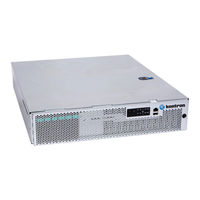Kontron CG2300 Manuals
Manuals and User Guides for Kontron CG2300. We have 2 Kontron CG2300 manuals available for free PDF download: Installation And Maintenance Manual, Configuration Manual
Kontron CG2300 Installation And Maintenance Manual (124 pages)
Carrier Grade Server
Table of Contents
Advertisement
Advertisement

